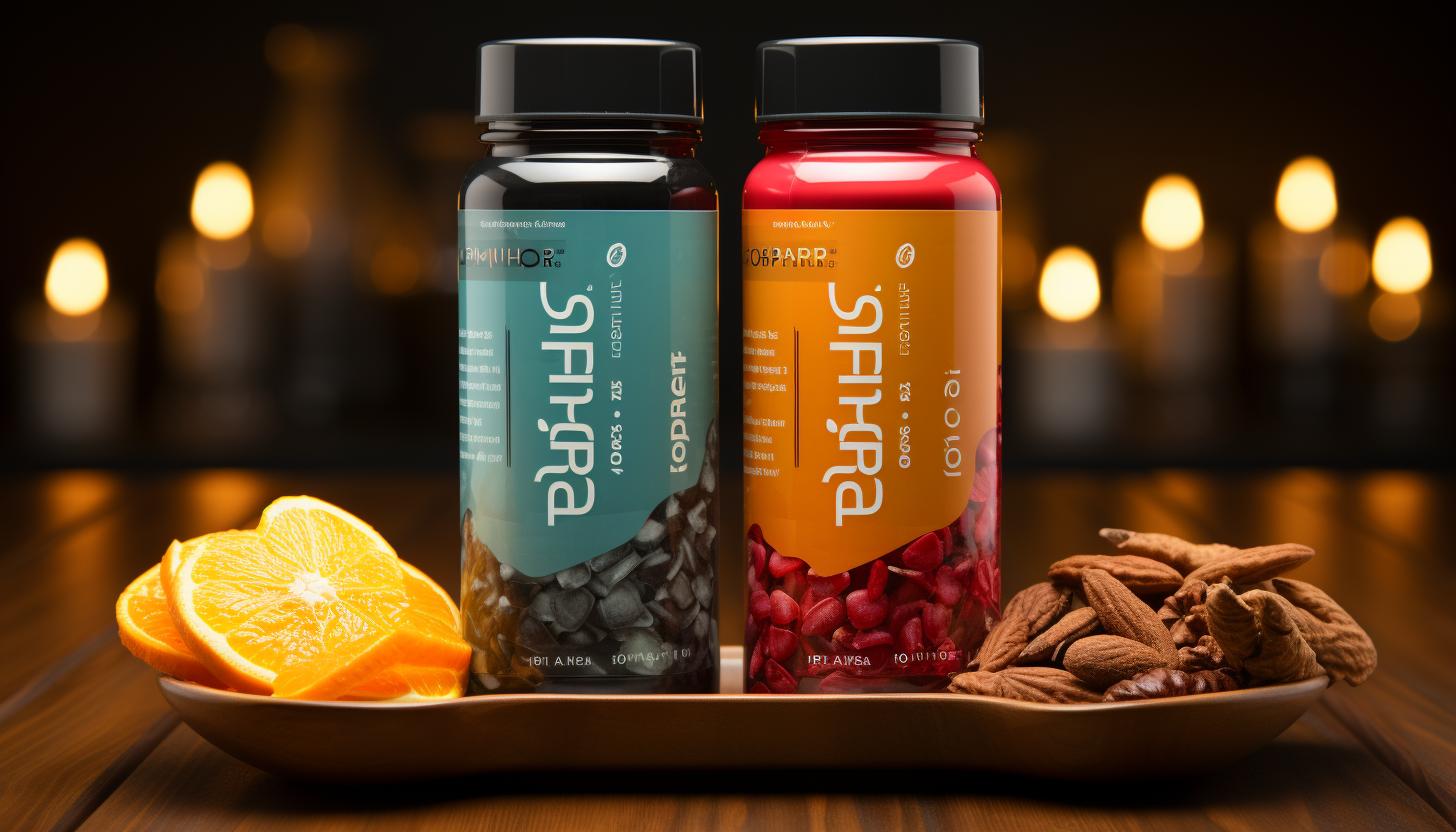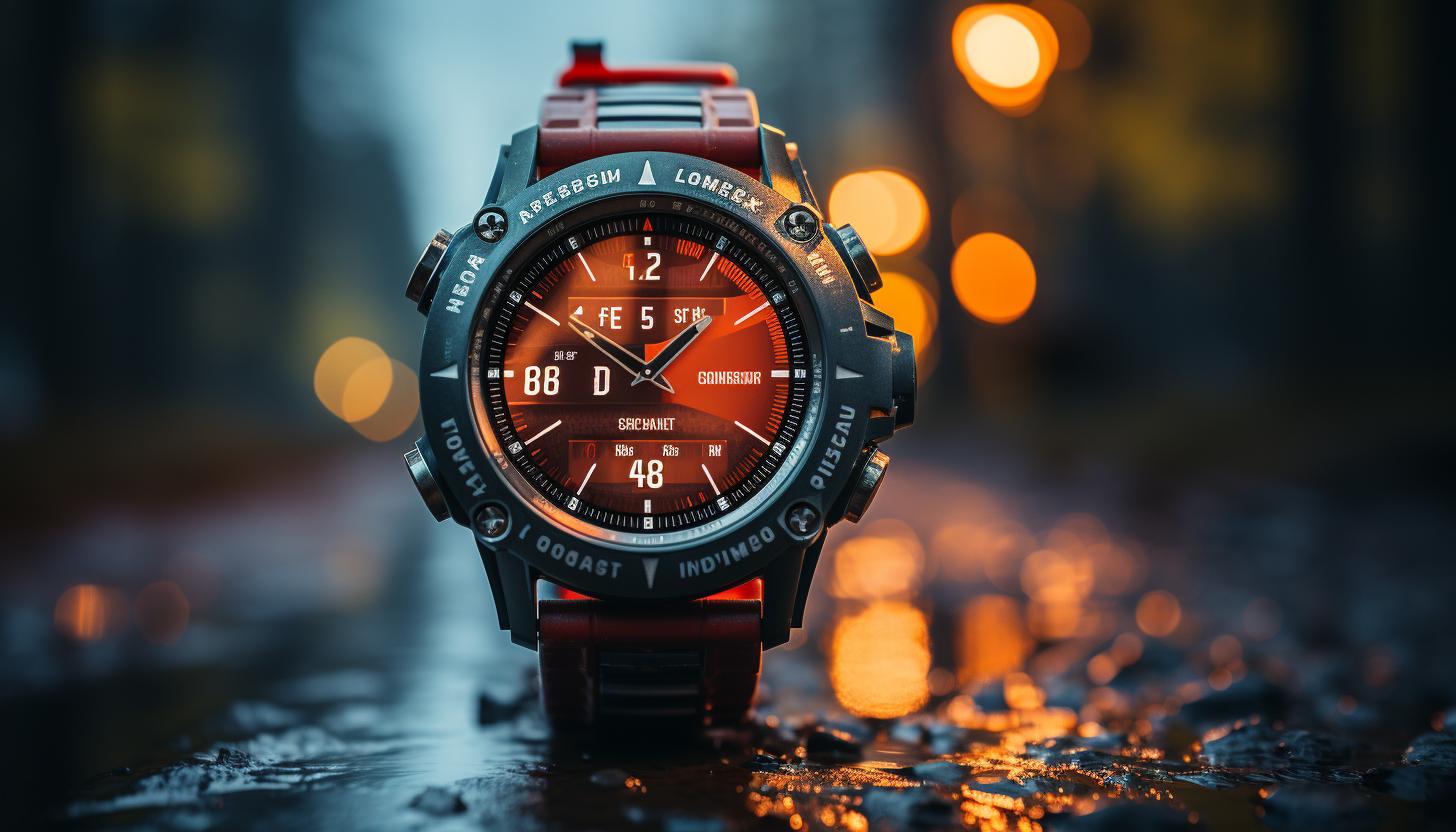The Science Behind Energy Gels: How They Work and When to Use Them

Are you tired of hitting a wall during your workouts? Discover the science behind energy gels and unlock their potential to fuel your performance.
In this article, we will delve into how these little powerhouses work and when is the best time to incorporate them into your exercise routine.
Get ready to take your fitness journey to new heights as we reveal the secrets behind these convenient and effective sources of energy.
The Composition of Energy Gels: Understanding the Ingredients

Energy gels contain a combination of carbohydrates, electrolytes, and vitamins to provide a quick source of fuel during endurance activities. Understanding carbohydrates is key to comprehending the effectiveness of energy gels. Carbohydrates are the body’s primary source of energy during exercise. They are broken down into glucose, which is used by our muscles for fuel. Energy gels typically contain simple carbohydrates such as maltodextrin or fructose, which are quickly absorbed by the body and provide a rapid boost in energy levels.
Electrolytes play an important role in energy gels as well. During prolonged exercise, electrolytes like sodium and potassium are lost through sweat. These minerals help maintain proper fluid balance and muscle function. By replenishing electrolytes with energy gels, you can prevent dehydration and maintain optimal performance.
The role of electrolytes in energy gels goes beyond hydration though. Research has shown that consuming carbohydrates along with electrolytes enhances their absorption rate in the body. This means that combining carbohydrates with electrolytes in energy gels allows for faster delivery of fuel to your working muscles.
The Digestion Process: How Energy Gels Fuel Your Body

When you consume energy gels, your body digests them to provide fuel for your workouts. The digestion process is essential in breaking down the carbohydrates present in these gels and converting them into energy. Carbohydrates play a crucial role in digestion as they are quickly broken down into glucose, which is then absorbed into the bloodstream.
Energy gels typically contain high amounts of simple carbohydrates like maltodextrin or glucose. These carbohydrates are easily digested and rapidly raise blood sugar levels. This quick release of glucose provides an immediate source of fuel for your muscles during intense exercise.
Additionally, energy gels often have electrolytes like sodium and potassium, which help maintain fluid balance and prevent dehydration during prolonged physical activity.
It’s important to note that while energy gels can be beneficial for providing a quick boost of energy, consuming too many can cause a rapid spike in blood sugar levels followed by a crash. To avoid this rollercoaster effect on your blood sugar, it’s recommended to consume energy gels strategically during longer endurance activities or when you need an extra burst of energy during shorter workouts.
Energy Gels Vs. Other Sports Nutrition: Is There a Difference

To get the most out of your workouts, it’s important to understand how energy gels compare to other sports nutrition options and whether there is a significant difference. Energy gels are a popular choice among athletes due to their convenience and quick absorption. However, it’s essential to consider the cost comparison and potential side effects before making a decision.
Let’s take a closer look at how energy gels stack up against other sports nutrition options in terms of cost:
| Sports Nutrition Option | Average Cost per Serving |
|---|---|
| Energy Gel | $1.50 |
| Protein Bar | $2.00 |
| Electrolyte Drink | $1.25 |
As you can see from the table above, energy gels tend to be more affordable compared to protein bars and electrolyte drinks. This makes them an attractive option for those on a budget.
In terms of potential side effects, it’s worth noting that energy gels may cause gastrointestinal distress in some individuals. The high concentration of carbohydrates and sugars in these gels can lead to stomach discomfort or diarrhea if consumed excessively or without proper hydration.
Ultimately, the choice between energy gels and other sports nutrition options depends on your individual preferences, needs, and budget. It’s important to consider both the cost comparison and potential side effects when selecting the best fuel for your workouts.
Optimal Timing: When and How Often to Use Energy Gels

The optimal timing for using energy gels depends on factors such as the duration and intensity of your workout, as well as your individual preferences and goals. To help you understand when and how often to use energy gels, let’s break it down:
– Before your workout:
– Taking an energy gel about 30 minutes before your workout can provide a boost of carbohydrates and electrolytes, giving you the energy you need to perform at your best.
– It can also help prevent fatigue during longer or more intense workouts by replenishing glycogen stores in your muscles.
– If you prefer to exercise on an empty stomach, consuming an energy gel beforehand can give you the necessary fuel without weighing you down.
– During your workout:
– For workouts lasting longer than 60 minutes, it is recommended to consume an energy gel every 45-60 minutes to maintain steady blood sugar levels and sustain performance.
– Energy gels are easily digestible, allowing for quick absorption of nutrients while minimizing digestive discomfort.
– After your workout:
– Consuming an energy gel within the first hour after exercise can aid in recovery by providing essential carbohydrates and protein for muscle repair and glycogen replenishment.
Maximizing Performance: Strategies for Using Energy Gels During Exercise

If you want to maximize your performance during exercise, try incorporating energy gels into your routine at regular intervals.
Energy gels are a convenient and effective way to provide your body with the fuel it needs to sustain intense physical activity. These gels contain carbohydrates in the form of simple sugars like glucose and fructose, which are easily absorbed by the body and quickly converted into energy.
By consuming energy gels during exercise, you can replenish your glycogen stores and prevent fatigue.
To prevent side effects such as stomach discomfort or cramping, it is important to consume energy gels with water or a sports drink. This helps dilute the concentrated sugar content and aids in digestion. It’s also essential to follow the recommended dosage guidelines provided by the manufacturer.
Energy gels provide an alternative fuel source for endurance athletes who need sustained energy during long workouts or races. They offer a portable and easily digestible option that can be consumed on-the-go without causing gastrointestinal distress.
When using energy gels, it’s crucial to experiment during training sessions to determine what works best for you. Every individual has unique nutritional needs, so finding the right gel brand, flavor, and timing that suits your preferences is key.
Conclusion
Congratulations! You’ve unlocked the secrets of energy gels and discovered how they can supercharge your performance.
Armed with knowledge about their composition, digestion process, and optimal timing, you’re ready to conquer any athletic challenge.
Remember to fuel up with energy gels when your body needs that extra boost, and watch as your endurance soars to new heights.
With this practical information at your fingertips, you’ll be unstoppable in achieving your fitness goals.
So go ahead, grab an energy gel and let its science work its magic on your incredible journey to success!






